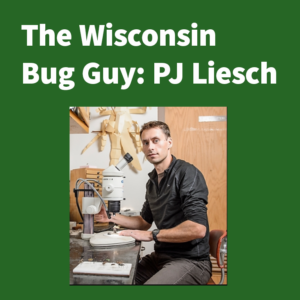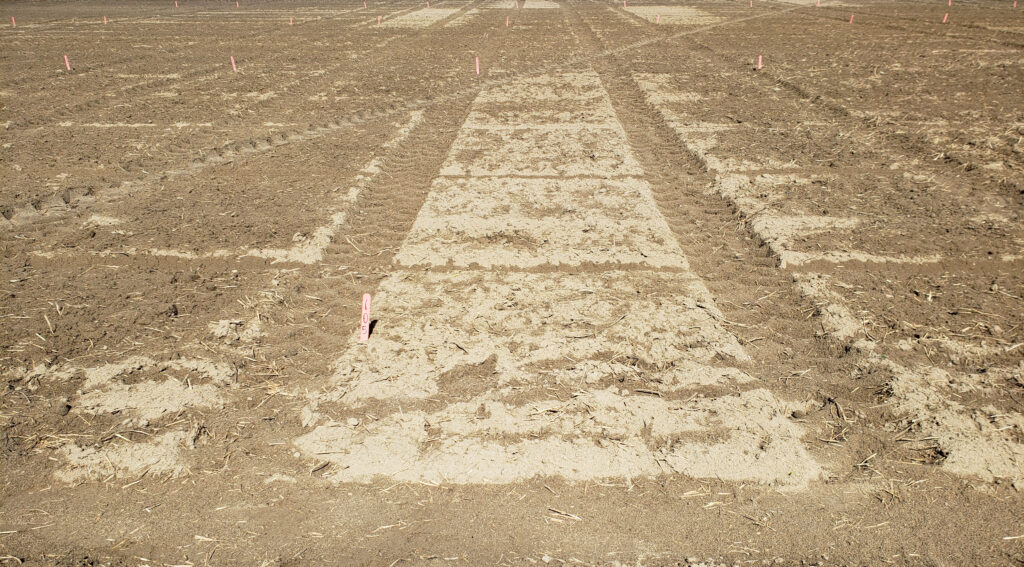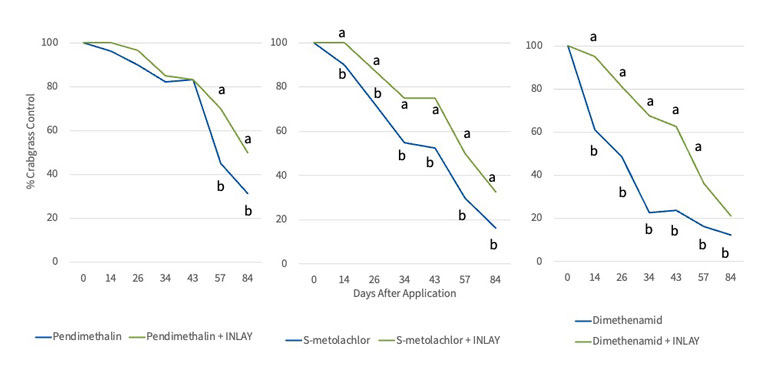
Cutting-Edge Perspective: PJ Liesch, The Wisconsin Bug Guy
The Wisconsin Bug Guy, PJ Liesch, shares stories of scorpions, emerald ash borers, mosquitos, and other insects in this Cutting-Edge Perspective. As the UW Madison Insect Diagnostic Lab Director, PJ uses his expertise to identify unknown insects to point people in the right direction for pest management.


